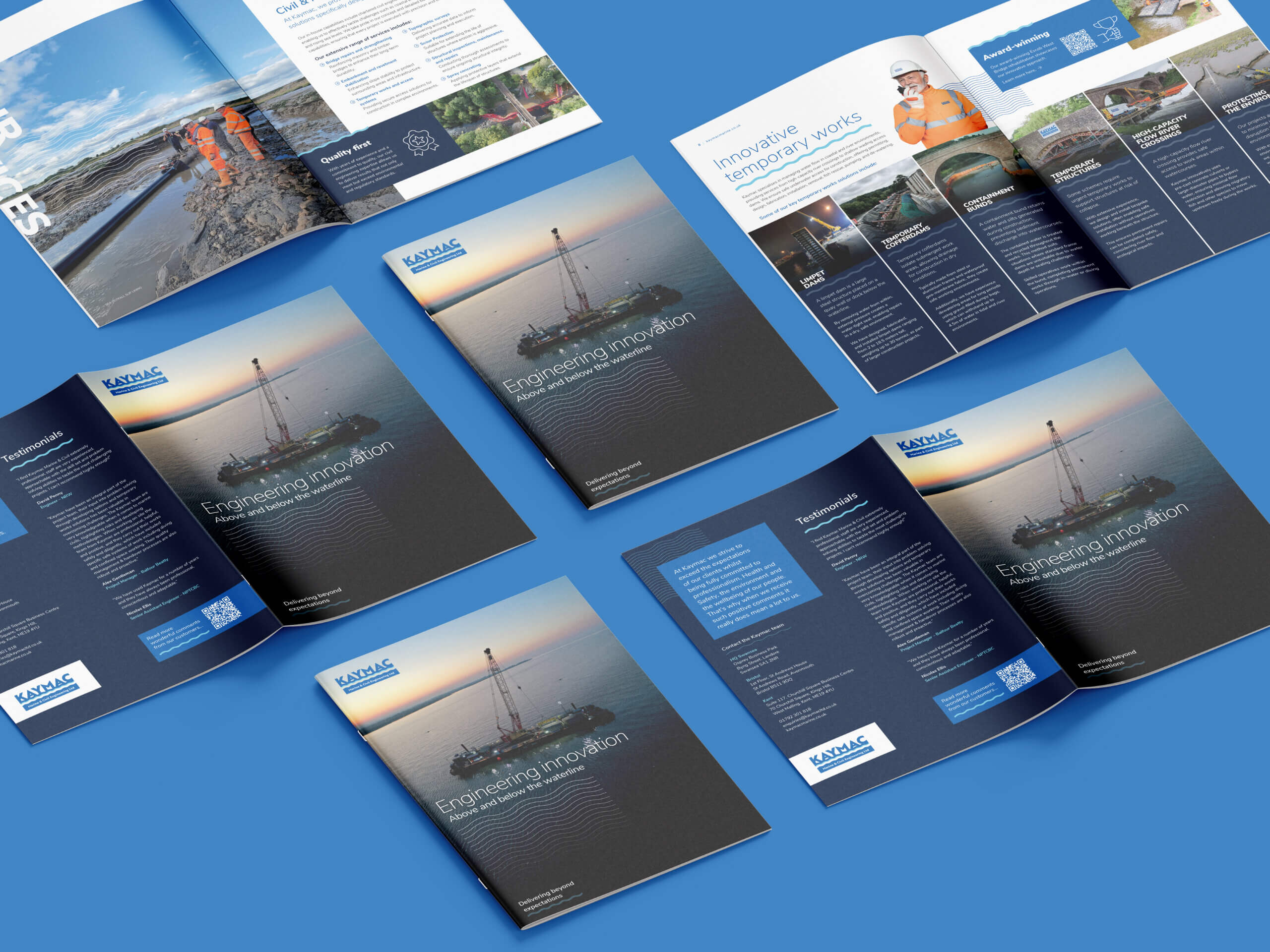According to a study by Experience Dynamics, 79% of people who don’t like what they see when visiting a website will go back and search for an alternative site.
If your website is not up to date, that means not only could you be losing out on business, you could be actively driving them towards your competitors.
Here are 5 ways to make sure the user experience (UX) of your site is up to scratch:
Keep your design fresh
This is perhaps the most daunting, but one of the most valid and exciting points. Web design and technology is forever evolving. What may have been on trend a few years ago may now be dated and using old technology. It’s good to analyse your website every few years to consider the following points:
- Does the site look dated?
- Does the website perform all the functions you, and your online visitors, require?
- What are your competitors doing?
- Have you seen something that you think could work for your company?
- Can you update/do you want to be able to update your own website?
- Is all content and information up to date?
Which leads us ono our second point…
Update your content
All content on your site should be current. Consider the services you offer, have these changed over time? If you have a team page, has there been growth or a change in personnel? This should all be updated regularly.
This applies to any news or blog pages too. If you’ve not updated your news page in two years, your site may appear neglected and out of date to users. Writing news articles and blogs not only improves your SEO (Search Engine Optimisation) but it shares your valuable knowledge and experience making your company seem reputable and reliable.
Users visiting your site expect to see changes and updates to show you’re active, evolving and moving with the times.
Make sure your website is responsive and optimised for mobile
52% of users say that a bad mobile experience made them less likely to engage with a company. Mobile users are five times more likely to abandon a task if a site isn’t optimised for mobile.
In this digital age, a responsive website is a must. A non-responsive site will make your company seem dated. Not only that, Google will rank mobile-friendly websites higher than those that are not.
Improve page load time
47% of consumers expect a web page to load in two seconds or less and 40% of people abandon a website that takes more than three seconds to load. If your site is easy and quick to navigate, you’ll retain the audience. Ways to improve page loading times are things such as: optimising images and CSS, enabling browser caching and compressing. Find out more here.
Promote social media and sharing
A user will take to social media to share experiences, reviews and engage, both socially and with companies. Making your social media channels obvious and apparent will encourage your audience to interact with your company.
It’s also great for sharing content you may have on your site and strengthening your brand personality. A website can often be seen as a more formal platform, whereas the social aspect allows a company’s personality to shine through. Just remember to always be conscious that social media posts and content need to be monitored and considered carefully.
So, even if you launched a new website a couple of years ago, it’s always good to review. And at Glow, we’re here to help.
A website remains relevant as long as it works as a tool to achieve, maintain and reinforce your business goals. But, always keep in mind that your company will change over time and so your website will have to adapt.
Image Credit: Domenico Loia



